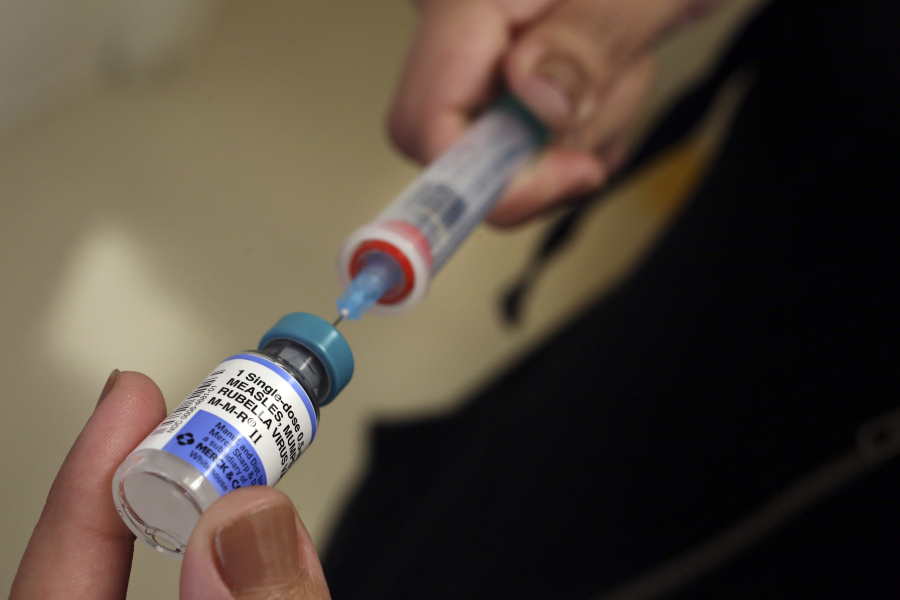SAN JOSE, Calif.–As vaccination coverage declines in states that let people opt out of immunizations for personal beliefs, researchers from Stanford University warn there could be serious consequences ahead.
In a new study, scholars at Stanford’s School of Medicine and the Baylor College of Medicine find that slight declines in childhood measles vaccinations would cause disproportionately big increases in measles cases and public health costs. According to the study, published this week in JAMA Pediatrics, if just 5 percent fewer children in the 2-11 age range were inoculated against the measles, mumps and rubella (the MMR vaccine), the number of annual measles cases among that group would triple. That would raise public health costs by at least $2.1 million a year, according to the study.
“I think our study is a wake-up call for what we can expect in the coming months and years as vaccine coverage rates continue to decline in the 18 states that now allow non-medical or philosophical belief exemptions,” senior author Peter Hotez, dean of the National School of Tropical Medicine at Baylor, said in a statement.
Measles spreads through sneezing and coughing, and people who are infected can go as many as four days without showing symptoms. The airborne virus stays in the air and can be infectious for as long as two hours.



